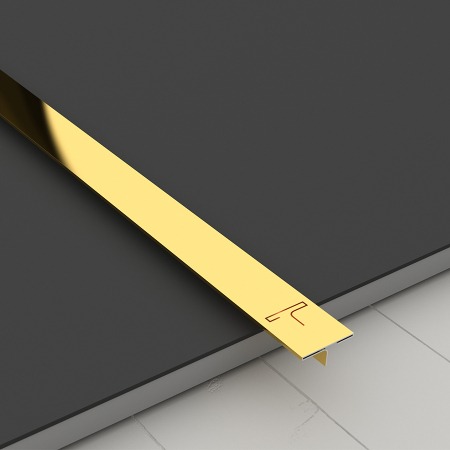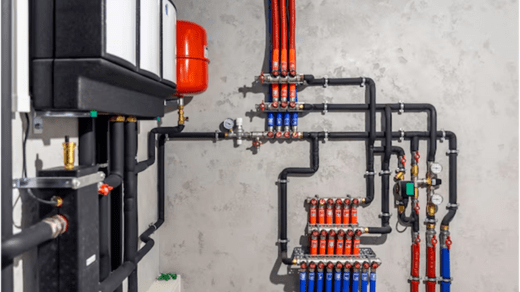If you’re experiencing issues with your vehicle’s cooling system, it’s essential to understand the role of the fan clutch solenoid and where to locate it for inspection or replacement. Here’s a detailed breakdown:
1.Fan Clutch Solenoid:
The fan clutch solenoid is a critical component of the cooling system in many vehicles. It regulates the operation of the fan clutch, which controls the speed of the engine cooling fan.
2. Understanding the Function:
The fan clutch solenoid is responsible for engaging and disengaging the fan clutch as needed to maintain optimal engine temperature. When the engine is running hot, the solenoid activates the fan clutch to increase airflow and cool the engine.
3. Importance of Location:
Locating the fan clutch solenoid is crucial for diagnosing cooling system problems and performing maintenance or repairs. It’s typically situated near the engine, close to the fan clutch assembly.
4. Checking the Owner’s Manual:
Consulting your vehicle’s owner’s manual is a good starting point to find information about the location of the fan clutch solenoid. It often provides diagrams and descriptions of various components under the hood.
5. Searching Online Resources:
If the owner’s manual doesn’t provide sufficient guidance, online forums, and resources specific to your vehicle make and model can offer valuable insights. Enthusiast communities often share tips and experiences regarding maintenance procedures.
6. Identifying Common Locations:
In most vehicles, the fan clutch solenoid is located near the front of the engine, typically attached to the fan shroud or mounted on the radiator support. However, the exact placement may vary depending on the vehicle’s make and model.
7. Inspecting the Engine Compartment:
To locate the fan clutch solenoid, open the hood of your vehicle and visually inspect the area near the fan clutch assembly. Look for any electrical wiring or connectors leading to the solenoid.
8. Following Wiring Harnesses:
Trace the wiring harnesses from the fan clutch assembly back to their connection points. The fan clutch solenoid is often connected to the wiring harness and may be secured to the vehicle’s frame or engine block.
9. Using a Flashlight for Visibility:
In poorly lit areas of the engine compartment, a flashlight can be handy for illuminating hard-to-see components. Take your time to thoroughly examine the area around the fan clutch assembly.
10. Removing Obstructions:
Clear any debris or obstructions that may be blocking access to the fan clutch solenoid. This will make it easier to locate and inspect the component without interference.
11. Checking Service Manuals:
Service manuals specific to your vehicle’s make and model provide detailed instructions for locating and servicing components like the fan clutch solenoid. These manuals are invaluable resources for DIY repairs.
12. Seeking Professional Assistance:
If you’re unable to locate the fan clutch solenoid or unsure about performing maintenance tasks, seeking assistance from a qualified mechanic is advisable. They have the expertise and tools to diagnose and repair cooling system issues effectively.
13. Importance of Regular Maintenance:
Routine inspection and maintenance of the cooling system, including the fan clutch solenoid, are essential for preventing overheating and engine damage. Regularly check for signs of wear or malfunction.
14. Signs of a Faulty Fan Clutch Solenoid:
Common symptoms of a failing fan clutch solenoid include overheating, excessive fan noise, or inconsistent cooling performance. If you notice any of these signs, have the cooling system inspected promptly.
15. DIY Replacement Considerations:
Replacing the fan clutch solenoid yourself requires basic automotive knowledge and the right tools. However, if you’re not confident in your abilities, it’s best to entrust the task to a professional mechanic.
16. Safety Precautions:
Before working on the cooling system or any other part of your vehicle, ensure the engine is cool and take appropriate safety precautions, such as wearing protective gloves and eyewear.
17. Disconnecting the Battery:
To prevent electrical accidents, disconnect the vehicle’s battery before handling any electrical components, including the fan clutch solenoid.
18. Labeling Wires and Connectors:
When removing the old solenoid and installing a new one, label the wires and connectors to ensure proper reassembly. This helps avoid confusion and prevents wiring errors.
19. Using Proper Tools:
Use the correct tools, such as wrenches and sockets, for removing and installing the fan clutch solenoid. Using improper tools can damage components and lead to costly repairs.
20. Testing the Replacement Solenoid:
Before reassembling the cooling system, test the new fan clutch solenoid to ensure proper operation. Connect it to the wiring harness and verify that it engages and disengages the fan clutch as expected.
21. Reassembling the Cooling System:
Once the new solenoid has been tested and verified, reassemble the cooling system components in the reverse order of disassembly. Follow the manufacturer’s specifications for torque settings and procedures.
22. Checking for Leaks:
After reassembly, inspect the cooling system for any signs of leaks or abnormalities. Address any issues promptly to prevent coolant loss and overheating.
23. Refilling Coolant:
If coolant was drained during the replacement process, refill the cooling system with the appropriate type and quantity of coolant. Follow the manufacturer’s recommendations for mixing ratios and bleeding air from the system.
24. Conducting a Test Drive:
After completing the replacement and refilling process, take your vehicle for a test drive to ensure that the cooling system operates correctly and maintains proper engine temperature.
25. Monitoring Performance:
Keep an eye on your vehicle’s temperature gauge and listen for any unusual noises in the cooling system after replacing the fan clutch solenoid. If you encounter any issues, seek professional assistance to prevent further damage.
In conclusion, knowing where the fan clutch solenoid is located and understanding how to inspect, maintain, or replace it is essential for ensuring the reliable operation of your vehicle’s cooling system. By following the steps outlined in this guide, you can address cooling system issues effectively and keep your engine running smoothly.







